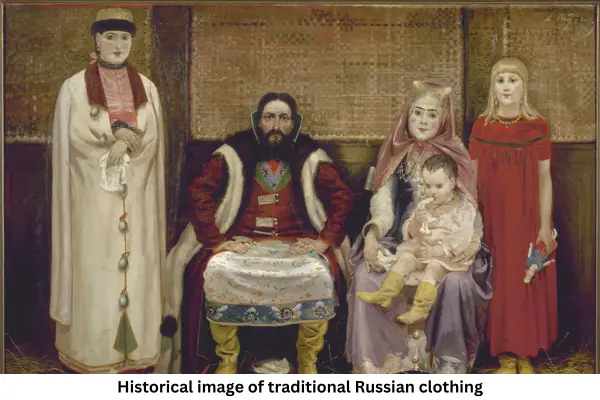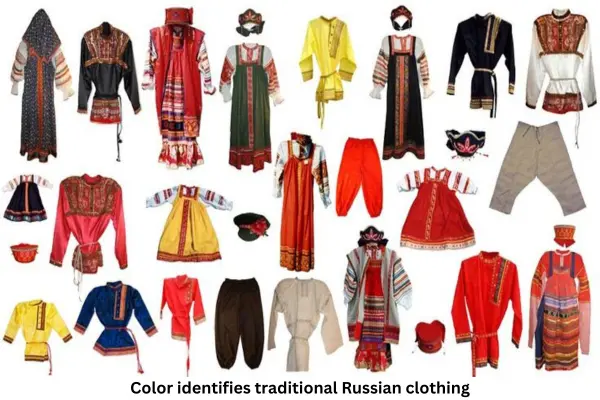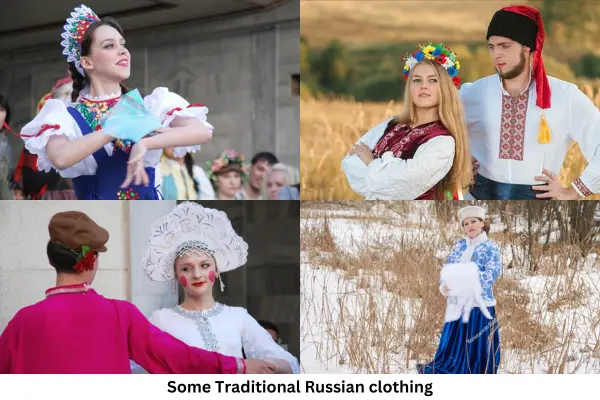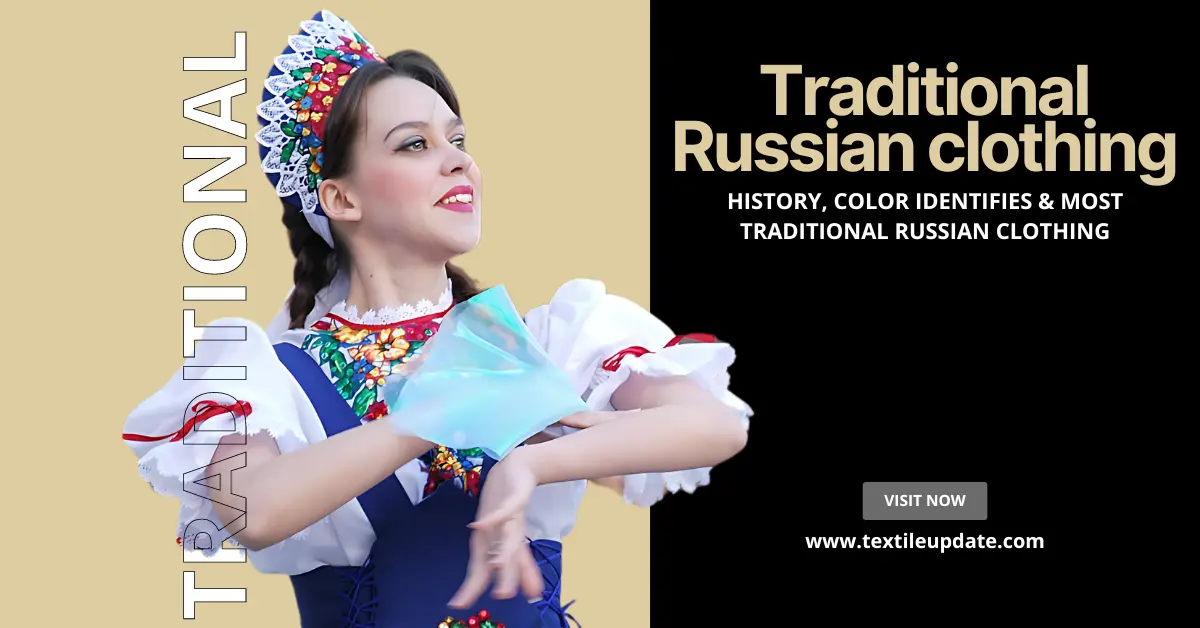Introduction of the tradition of Russian dress
Some items of traditional Russian clothing have made their way to modern-day versions. The vests mentioned above are often seen in Western-style t-shirts and are commonly referred to as sweatshirts. Many Westerners have picked up the traditional look and adopted it as their own. This gives you a good reason to wear a jumper vest on warm days – you can always wear warmer clothing when the weather turns cold! And speaking of clothing, one classic item of clothing that never seems to disappear from Russia is the coat (called a kurta), it comes in a variety of styles and is made of knitted wool. Today you’ll find many people wearing vests and kurtas, especially during the winter, but it’s a fact that Russian women love their traditional clothes and will never let go of them.
Table of Contents
There are many other traditional articles of clothing that are now popular with Westerners. Dresses (known as serapes), are very popular with girls and women and are seen in both casual and formal variants. Pants are also quite popular among Russian men and traditionally worn with trousers. A coat or a suit are also among the must-haves for a man.
History of traditional Russian clothing
- Russian standard apparel began to grow at the time of the 9th century. From then on, the Traditional Russian clothing of the 18th century, peasants and boyars (noblemen) wore traditional costumes.
- Tsar Peter the Great, together with his respect for things from Western Europe, prohibited wearing traditional dress in cities In 1700.

- Sarafans have been worn until well into the 20th century, with the first being reported in chronicles dating back to the year 1376.
Color identifies traditional Russian clothing
In general, it’s easy to identify traditional Russian clothing, because it’s usually blue, gray, or dark green. Sometimes, depending on the region of Russia, they even have white clothing, but it’s extremely rare. Commonly worn are the traditional leather jackets, vests, scarves, and of course, the traditional brightly colored socks – all of which are a must if you want to get into conversation with a Russian person. Of course, there’s no need to mention the trousers – these are always blue, green or grey, and can be seen in different styles and cuts.

Of course, this doesn’t mean that Western clothing is totally uncultured. There are some great designs available, especially from Russian fashion designers. Western clothing definitely has its own share of classic, traditional designs, which can easily be adapted. It’s important to keep in mind that traditional Russian clothing has been adapted to fit modern tastes, so colors and designs will vary from time to time – there’s no getting away from that. But then again, for those who don’t want to get too wild, there are plenty of women’s and kids’ clothing available, as well as traditional outfits like coats and dresses.
Most traditional Russian clothing
1. kvetchozha:
The kvetchozha (Russian: ENDPARAM), also known as the salwar-kameez, is an embroidered traditional Russian dress. The kvetchozha is a long, single piece of cloth that is worn by men and women on their heads. The word “kvetchozha” comes from two words: “kvet” which means shirt or coat, and “chyvo” meaning head-covering. Although commonly worn in the winter months, the kvetchozha can be worn all year round. Today, this article is going to explain what the kvetchozha is, and how it came to be.
The kakhmata (Russian: shay) is a traditional Russian headdress worn on the head. The word khaya comes from two words:” khaya” meaning cloak or cover, and “ya” meaning head. The kayak has a double layer with a lining on top, and the bottom layer is made of felt. The name khaya is actually derived from two words:” khaya” meaning cloak, and “y” meaning head.
2. pizhichka:
The pizhichka (Russian: pozhatka), or bushel, is another traditional Russian cloth. The word bushel comes from two words: “buh” meaning bread, and “chka” meaning basket.

3. szerabodka :
The szerabodka (Russian: szer borken) is another traditional clothing piece. It’s also known as a stocking cap. The word szerabodka comes from two words: “szer” meaning bread, and “borken” meaning caps.
4. storgethko:
The storgethko (traditional name: “gourd”) is another important piece of traditional Russian clothing. Traditionally, it’s made from cotton and silk. The cloth is knitted, and the cotton can either be dyed or bleached. The gourd may be decorated with motifs – the more popular motifs being eagles, crosses, bears, flowers, serpents, and birds. The storgethko was traditionally given to a new bride as a gift.
5. samovski:
The samovski (traditional name: “little baggy pants”) is another traditional clothing piece. Traditionally, they’re made from denim, but other materials are also used. They fit to within a size four. They’re worn with leather shoes, leather sandals, or any other footwear. Furthermore, they come in a variety of colours, usually two-toned. They’re named after the region where they were originally invented – the region was called “the Lower Volga.”
6. pajama:
The pajama (traditional name: “dasha”) is a sleeveless, usually knee-length outfit featuring pants, a vest, or both. They’re called “dashka” because they usually end at the shin. They’re commonly used as uniforms for labor camps and as day wear in rural areas.
You may also like to read:
